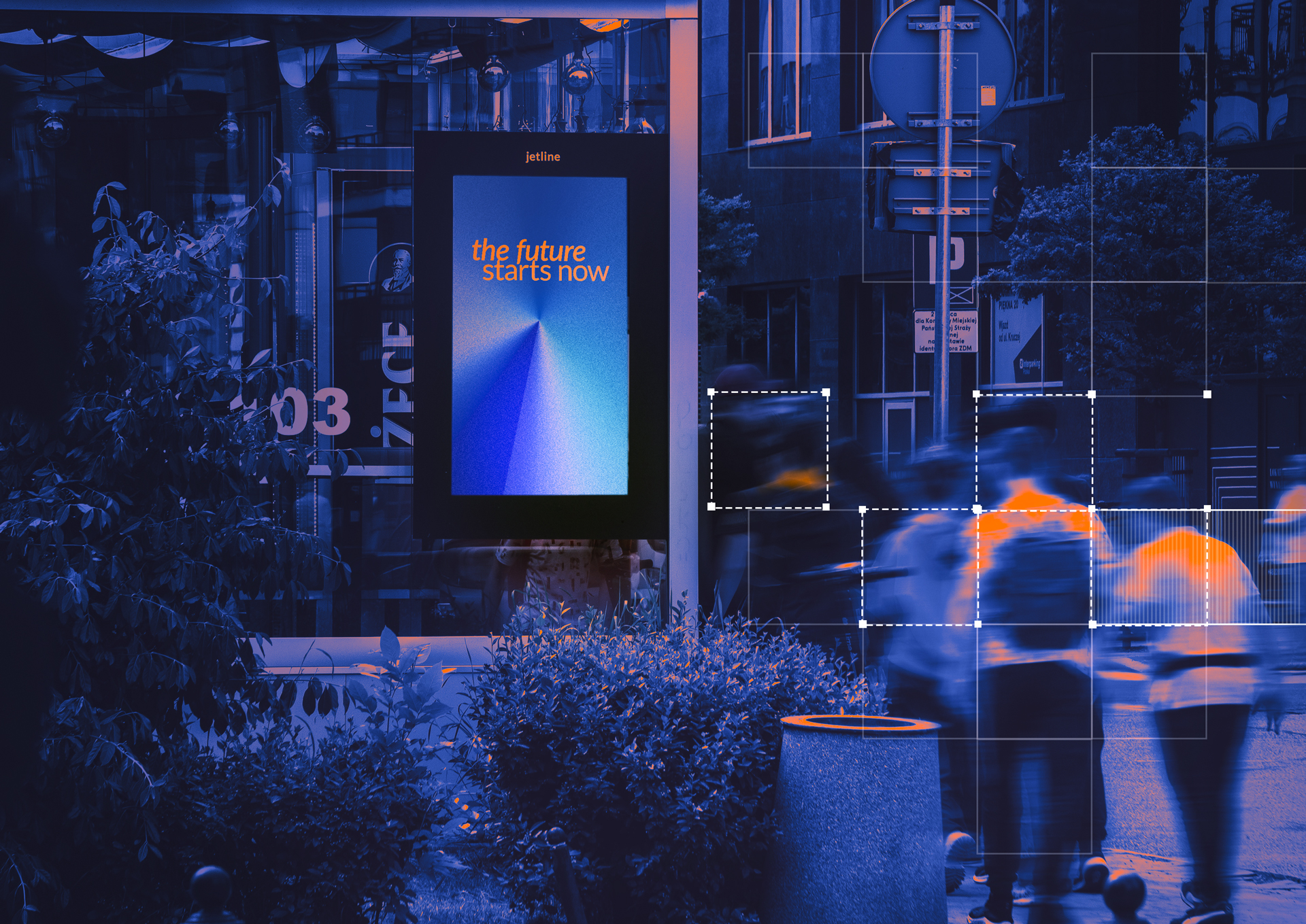We Know the Age and Gender of your Digital OOH Audience
You already know that we count your audience on Digital OOH. Last year, we introduced the rCPM (real CPM) currency based on the actual audience size of each broadcast spot. Now we've taken the next step. We've launched a new functionality and we know not only how many people but also - who exactly sees your spots on MORE screens. From March this year, we will provide demographic data of DOOH campaign audiences. Collected in real-time during spot broadcasts, they will be available in post-sale reports.
Gender and Four Age Ranges
From March, reports will include demographic data of spots divided by gender and age groups. We're using four ranges: 18-34 years, 35-54 years, 54+ and children (0-18 years). Work on delivering this data has been ongoing for many months. It was made possible by combining ARA technology, AI elements with the knowledge of researchers from the AGH University of Science and Technology in Krakow.
What Exactly Will We Report?
Until now, the post-campaign report on MORE screens included numbers showing:
- planned and actually implemented (not estimated) number of broadcast spots,
- planned and actually achieved number of viewers for each spot.
Now, in addition to audience size, we'll also tell you which age groups your campaign reached. And as always, at any point during your MORE campaign, you can check:
- what level of audience has already been achieved
- what is the probability of achieving campaign goals within the entire planned timeframe.
Why are We Doing this?
Clearly, to give marketers knowledge on how to effectively and efficiently plan Digital OOH communication.
But what exactly do we mean by that?
Well, an invitation to draw from the truly enormous resources of creativity and strategy that DOOH, the newest medium on the market, has to offer. We love classic billboards (you're well familiar with our Motorway 12x4 m) and we know their power and when they'll work as great for you as MORE screens. So we're just suggesting that in reaching pedestrians in the city, it's precisely the variable number of spot versions and their easy exchange, rotation, and personalization of content that will work differently. And knowledge about who exactly sees the spots is very necessary when designing content.
What's next if the future starts now?

